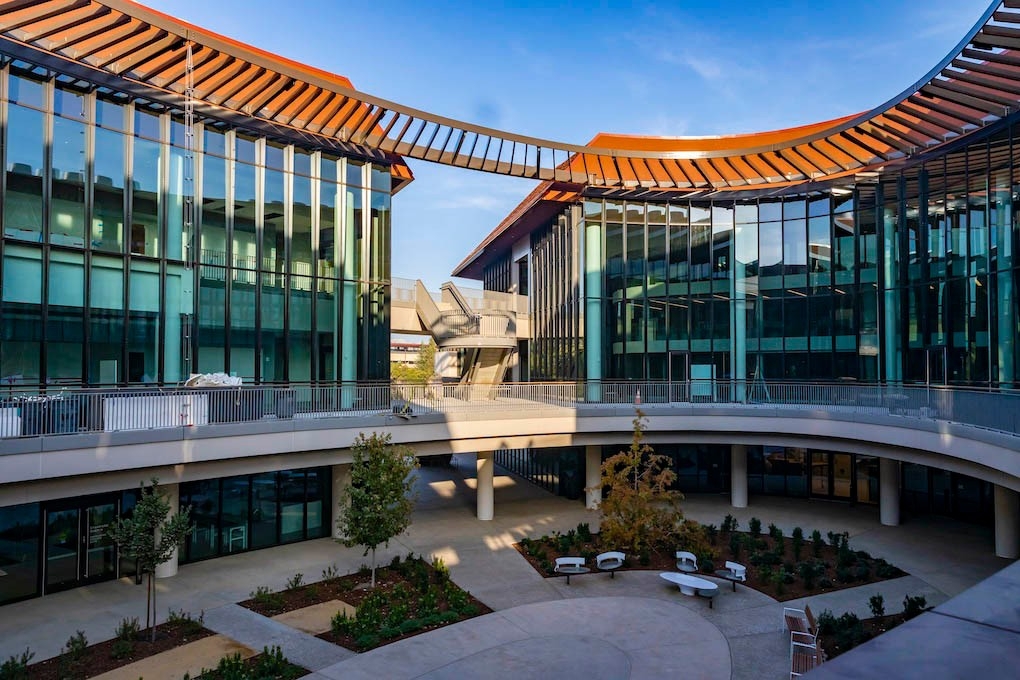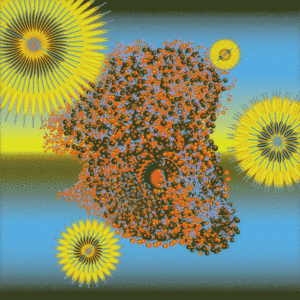Brains on brains
Wu Tsai Neurosciences Institute draws researchers together to explore the mind

At the founding of the Wu Tsai Neurosciences Institute in 2013, director Bill Newsome, PhD, invited faculty members from across Stanford to a series of dinners where he would pose the same question: “What can we do together to solve fundamental questions in brain science that are too big to tackle alone? Assume funding is no object.”
After only a moment’s hesitation, the gathered scientists, clinicians, engineers, educators and ethicists began talking all at once, in conversations that set the tone for priorities for the institute that stand to this day.
“Understanding how the 3 pounds of matter in our skulls generates our mental life and behavior is among humanity’s biggest questions, and developing new treatments for brain diseases is one of society’s most urgent priorities,” said Newsome, the Vincent V.C. Woo Director of the institute and Harman Family Provostial Professor of neurobiology.
“These are questions we can solve only by coming together as one neuroscience community to share ideas and technologies that will reveal the workings of the brain in health and disease.”
The institute — renamed in 2018 after donors Clara Wu Tsai and Joe Tsai — promotes collaborative, interdisciplinary research with three broad goals: discovering fundamental principles of brain function, engineering new tools to probe and connect with brain circuits, and advancing brain health by translating neuroscience discoveries into treatments.
“In the next decade, I’d love to see us expand our impact — not only in the realm of brain health, but also in education, economics, health policy and all the realms where unraveling the mysteries of human behavior could help lead us to a more just and equitable world.”
Bill Newsome, Wu Tsai Neurosciences Institute director
The institute has grown to encompass more than 400 Stanford faculty with backgrounds in neuroscience, medicine, engineering, psychology, education, law and other fields, including six scholars the institute has hired whose work transcends traditional disciplinary boundaries.
The institute has committed more than $26 million in targeted grants to support cross-disciplinary teams advancing new ideas and technologies in brain science, including its ambitious Big Ideas in Neuroscience initiatives, which are aimed at fundamentally transforming the field.
The institute also supports the next generation of neuroscience leaders through interdisciplinary fellowships for graduate students and postdoctoral scholars as well as summer research opportunities for undergraduates. It is dedicated to diversity, inclusion and equity as essential to the advancement of science and the development of a vibrant intellectual community.
In February 2020, the institute moved into the new Stanford Neurosciences Building. Designed to maximize collaborative research between experimentalists, engineers and theorists, the building houses 24 neuroscience labs, a theory center dedicated to computational neuroscience, and community laboratories where researchers from different disciplines can share access to technologies and expertise.
“The collaborative community we’ve nurtured over the years has been incredibly fruitful in advancing our knowledge,” said Newsome.
“In the next decade, I’d love to see us expand our impact — not only in the realm of brain health, but also in education, economics, health policy and all the realms where unraveling the mysteries of human behavior could help lead us to a more just and equitable world.”

